Buying a car whether it’s new or used is one of the more significant investments you make. But, depending on your budget and other priorities, there are generally two ways to get your next vehicle. Both purchasing and leasing have their own advantages and disadvantages, all of which should be considered before you start the whole buying process. In this vast and growing car market, finding your next vehicle can be a tedious affair. Check out the resource that provides plenty of information including finance and leasing options can help you choose the right vehicle.
Unlike a loan that has higher monthly payments and you eventually owning the car in the end, leasing has started gaining popularity because of the lower costs involved. You can easily afford a more expensive car if you go the leasing route, but, you may end up paying a lot more in the long run. Now let’s take a look at both sides of the coin and help you determine which is a better option in your case. As expected, there are upsides and downsides whichever way you choose.
Purchasing a car
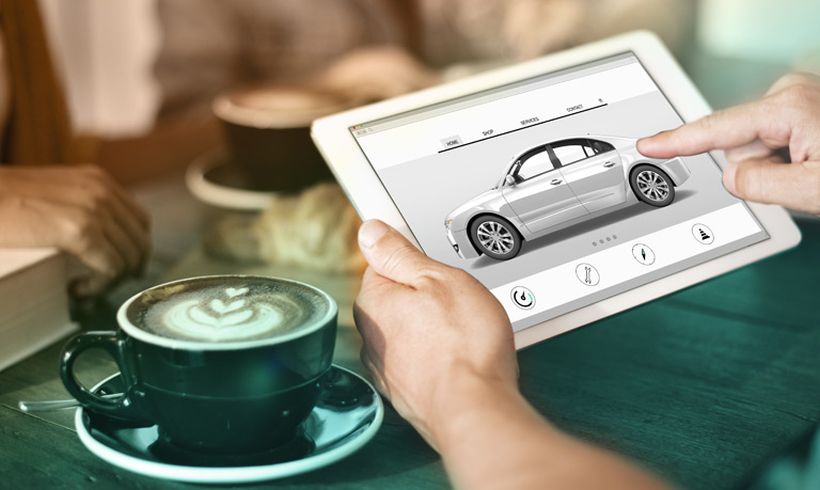
Applying for a vehicle loan and purchasing a vehicle directly is relatively easy depending on your credit score. Most banks will set an interest rate depending on various factors. At the start, a set amount is put down as a down payment and the rest is paid monthly till eventually, the car is yours. In this case, the higher the interest rate per month, the higher your monthly payments will be.
With this route, the vehicle will be all yours after you pay off the loan and can be kept as long as you like. Most loan terms are for 4 – 6 years, and you can easily recuperate some of the losses by selling the car at the end. Buying also gives you full freedom over that vehicle, allowing customization and whatever you want without any extra fees.
Buying a vehicle will also include several other initial expenses like a down payment, registration, taxes, and other fees. Longer loan terms in the range of 6 or more years should be avoided despite the lower monthly payment as it can be risky and unpredictable. If you sell your vehicle before the loan is up, you’ll have to spend a lot more in the long run and it won’t be financially viable.
Benefits of purchasing a car:
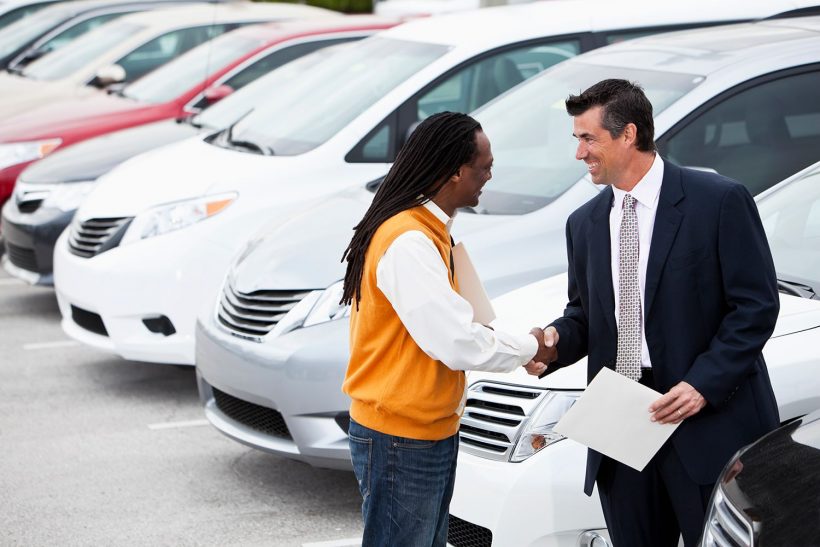
- Unlimited mileage: When you’re buying a car, you can drive it as much as you want. There are no yearly restrictions, giving you a lot more freedom and a worry-free ownership experience.
- No extra charges: Since there are no set terms for vehicle usage, you don’t have to pay any extra fees for wear and tear or extra mileage driven. You also won’t have to pay for any potential repairs at the end of the loan term.
- Sell or trade-in whenever you want: Unlike a lease, you aren’t stuck with the car for the duration of the contract. When you’re buying a vehicle, you can sell it or trade-in whenever you want after the loan is paid in full. Selling it will also help recuperate some of the losses.
- Long-term ownership: Buying a car is a better choice financially, since you can keep and use the vehicle for a long while after the loan is paid. Keeping a vehicle for a long time will also help you save a lot of money instead of investing in a new car every few years.
- Lower insurance rates: When you’re buying a car, insurance rates will be typically lower than if you lease the vehicle.
Drawbacks of purchasing a car:
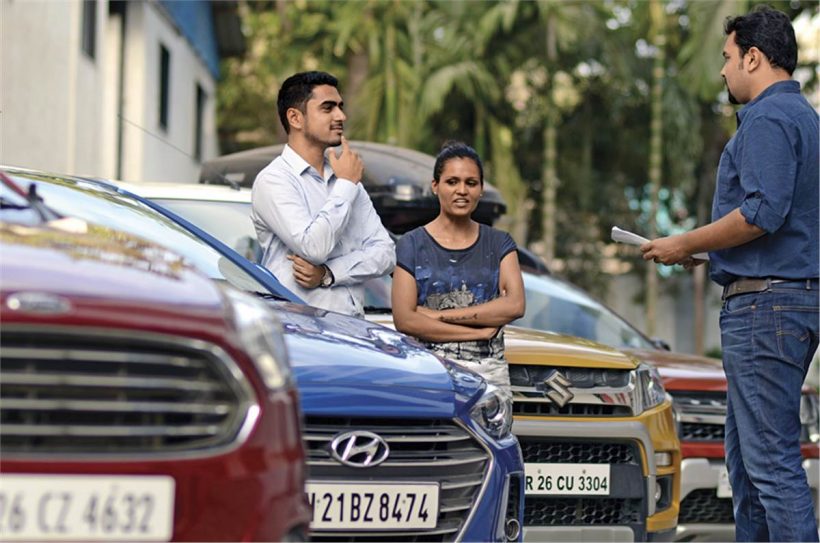
- Higher payments: Even with the best credit score, you’ll end up paying a lot more every month compared to a lease. The initial down payment will also be a lot higher since you have to shell out cash for registration, taxes, and more.
- Maintenance costs: Unlike leases, maintenance is a lot harder when you own the car. Even some small issues will have to be fixed eventually, and some repairs can cost a bomb.
- Depreciation hit: Since you own the vehicle, the depreciation hit will be severe during the initial years of ownership, reducing the value of the car if you plan on selling it.
Leasing a car
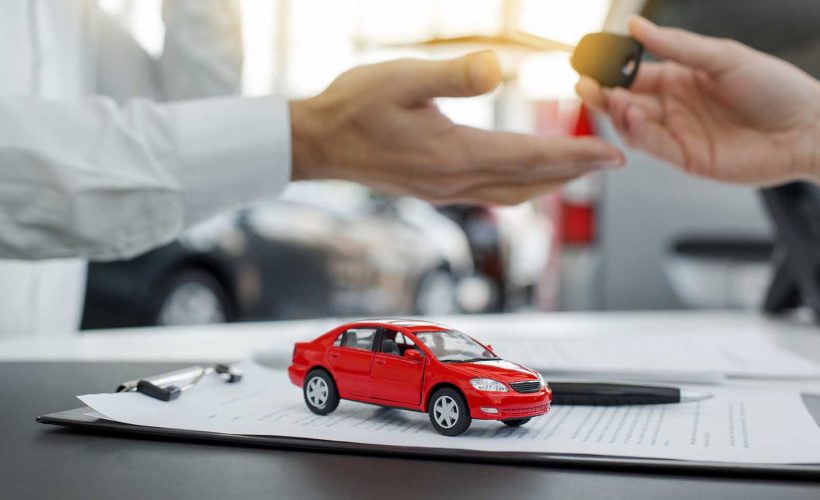
- Leasing is becoming more and more common nowadays because of the lower costs involved and easier ownership experience. It can be described as a basic contract that allows you to use the vehicle for a set period of time with many rules and restrictions in place. In most cases, leases are done by the dealer.
- Leasing basically requires you to pay a fixed amount at the start of ownership and then make monthly payments to cover the depreciation cost of the vehicle. The vehicle should also be returned at the end of the term in excellent condition.
Benefits of Leasing a car:
- Lower monthly payments: Unlike car loans, monthly payments are a lot lower when you lease a vehicle, allowing you to get a better or more expensive car than you could with a typical car loan.
- Lower initial cost: Other than some basic taxes and fees, you don’t have to shell out a lot of money when you start a lease, letting you keep your savings instead of making a large down payment.
- Drive the latest models: If you have a habit of upgrading vehicles every few years, leasing will almost always give you the latest models to play with, including all the modern technologies, and the latest safety features.
- No maintenance costs: Most leases also include maintenance charges including free oil changes and other scheduled maintenance, helping you save a lot of cash.
- Shop from a segment above: Because of lower monthly payments compared to a typical loan, you can lease a car from a higher segment with better specs and equipment for the same price.
- Hassle-free ownership: When leasing a vehicle, you don’t have to worry about the car’s depreciation or value, since most contracts specify a set value when the period is over and you return the car to the dealership.
- Warranty support: Since leased vehicles are usually brand new and dropped off after a few years, you’ll have warranty coverage throughout the ownership period.
Drawbacks of leasing a car:
- Higher overall cost: When the leasing term is ended, you’ll end up paying a lot more than a typical vehicle loan, since you’re paying for depreciation during the initial years of ownership. Since you can’t keep the vehicle, you won’t be able to recuperate any cost by selling it.
- Limited usability: When leasing a car, certain guidelines should be followed including annual mileage, which can limit overall usage. Extra charges also apply if you go over the limit.
- Wear and tear fees: When you return the vehicle at the end of a lease, it should be in excellent condition without any damages or customization. If there are any issues, you’ll be charged extra for them.
- Cannot switch cars: With leases, you won’t be able to switch cars on a whim. If you don’t like the vehicle and want to terminate the contract, several other fees will apply including early termination fees and other penalties. So, you’re basically stuck with the car till the end of the term.
Purchasing or leasing? Which is a better option?
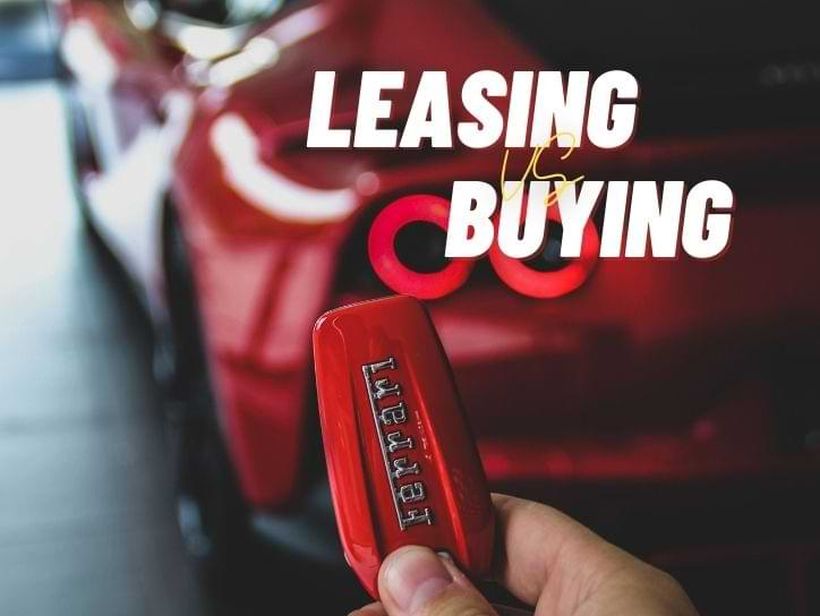
Whichever route you choose will mostly depend on your financial situation and various other parameters. If you want to experience the latest cars with an easier ownership experience, leasing will be a better option. But, if you’re planning to keep the vehicle for a long time and want to use it more than 12,000 miles annually, purchasing it makes a lot more sense. So, while leasing may look like the easier option, do a lot of research and go over your finances before you decide to lease or buy your next car.

